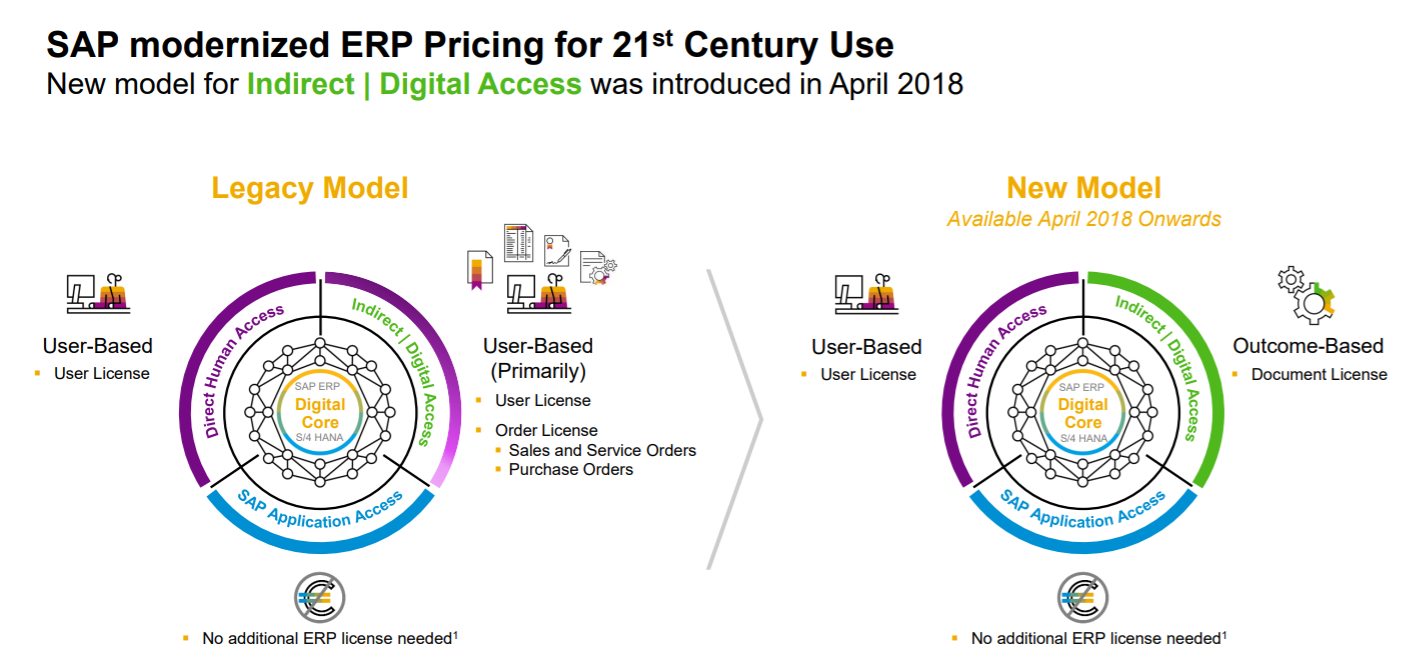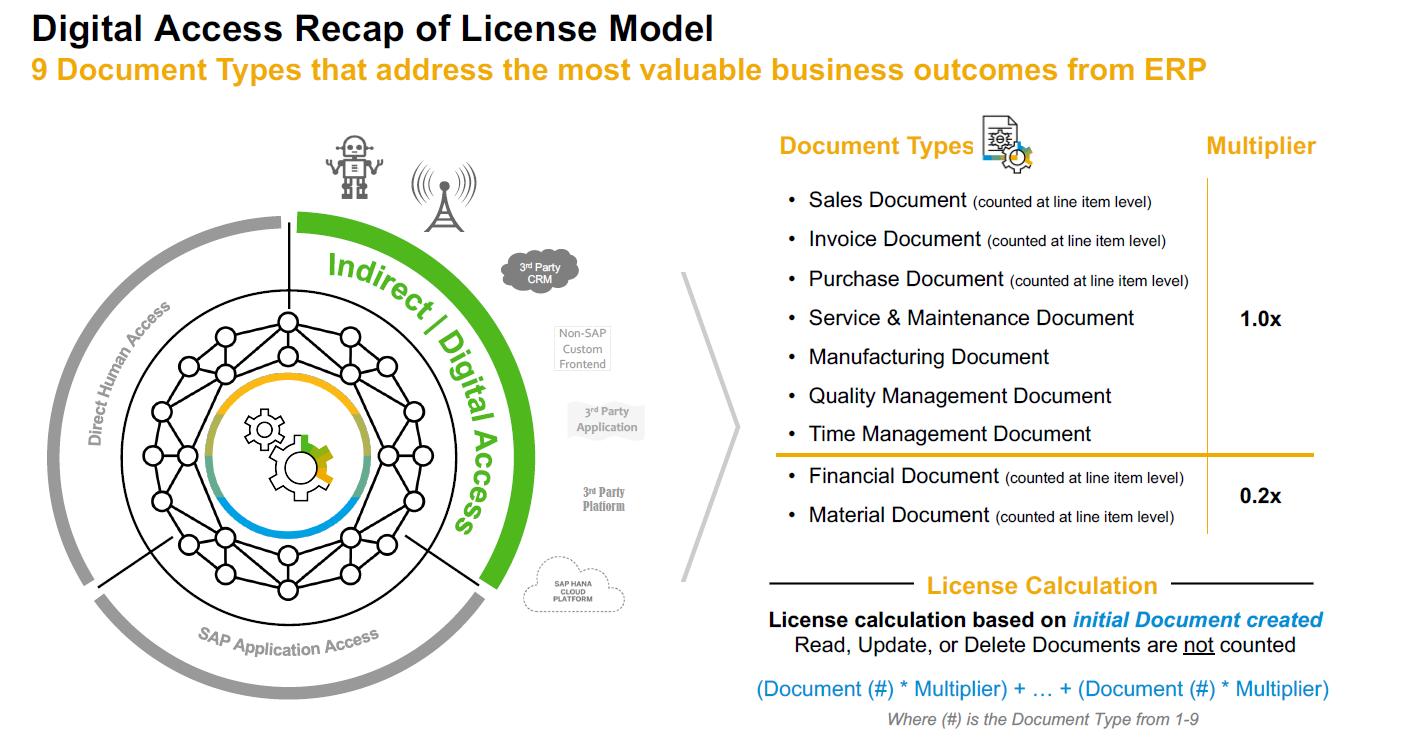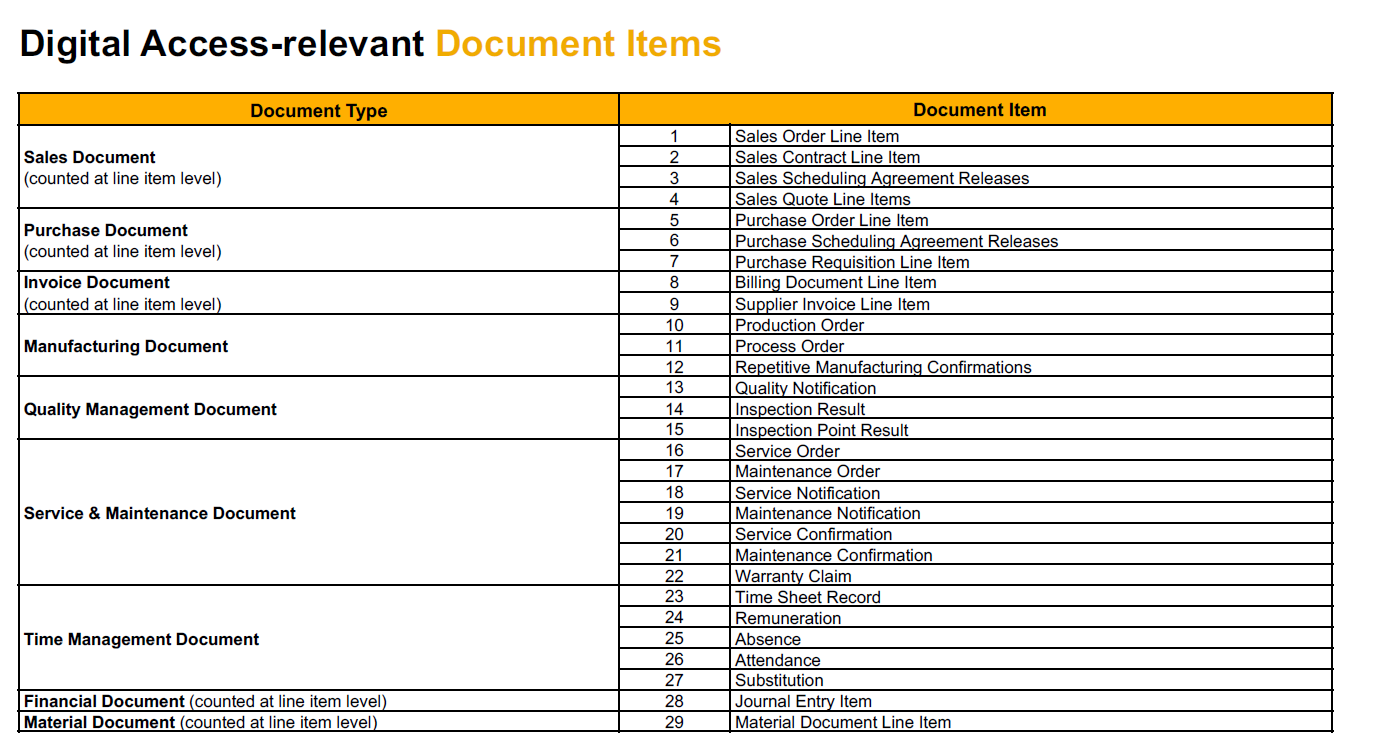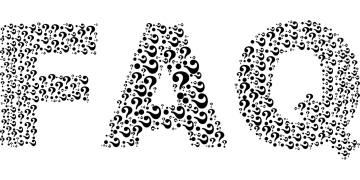Unlicensed indirect user access and consumption, if addressed proactively and effectively, need not be costly or painful. On the other hand, if compliance issues are identified as part of an audit, it could generate a significant financial burden and create an opportunity for SAP to evaluate and interpret your data before you do. Settlement demands are likely to include full list pricing and retroactive penalties.
Many customers are worried about potential costs and are unclear about what constitutes unlicensed indirect usage as defined by SAP. It is understandable that your company and others may be reluctant to approach SAP to determine the associated costs.
It makes good business sense for you to take steps proactively to complete an assessment of what is covered under your current licensing, identify any gaps associated with indirect usage, and then explore ways to reduce costs and complexity now and in the future, which could result in a decision to convert to a different licensing model via SAP’s Digital Access Adoption Program (DAAP).
Below are frequently asked questions about Indirect Access and DAAP.
What is SAP Indirect Access?
SAP customers traditionally purchased licenses on a per user basis. With increased systems integration, companies started using SAP indirectly via third party systems like Salesforce. According to the Indirect Access White Paper from SAP (July, 2017), “Indirect access is use which occurs by way of a non-SAP front-end or non-SAP intermediary software. All use of SAP software requires a license.” Based on this definition, someone’s usage of Salesforce which, via integration, results in the use of SAP software is considered an indirect user and requires an indirect user license if the users are not covered via direct front end access.
About four years ago, SAP started flagging indirect access as a compliance problem, but there were problems with this approach. User counts were extremely high, interpretations seemed too subjective, and in most cases customers were not on board.
What is DAAP?
In May, 2019, SAP introduced the Digital Access Adoption Program (DAAP) through which customers could switch from indirect user-based licensing to document-based licensing. SAP is encouraging customers to convert to Digital Access (DA) via DAAP by offering a 90% discount, crediting current licenses toward the conversion costs, and waiving penalties.
Below is an SAP diagram that illustrates differences between the user-based model (legacy) and the new model (DA).
https://discover.sap.com/digital-access/en-us/index.html

When does DAAP end?
This program, originally slated to end in 2020, was extended to December 31, 2021. SAP has indicated a very positive response to DAAP from customers, analysts, and user groups.
When DAAP ends in 2021, SAP has indicated they will no longer offer the opportunity for a 90% discount on Indirect Access Document Counts settlements.
https://news.sap.com/2020/05/daap-extension-enable-customer-digital-journey/
How are Digital Access documents counted?
Any document created for the categories listed below is measured as one document, and any financial/material document is measured at 1/10th of a document.

What specific documents in these categories are counted?
Please see data below.

I have many documents created by SAP products like Ariba, etc. Are they counted?
Any document created from an SAP interface like Ariba or Concur is exempted from needing a license.
We have many documents that once created are edited/updated. Will they then count as additional documents
No. The license requirement applies only to the creation of the document. If it is later read, updated or deleted, it is not counted again.
We are a relatively small company with a small number of direct SAP users. Should we be worried about indirect access documents counts?
If your business has a high number of indirect users or indirect users generate a large number of documents, you should be concerned. We have seen some small companies with high document counts and some small companies with huge numbers of documents. The type of system(s) you have interfacing with SAP and your business processes can also play a role.
What about other document types are not included in the list?
SAP is currently assessing the document types listed above, but the list could change in future. It is recommended that you consider adding relevant clauses to maximize protection in your DAAP agreement.
Is Document licensing the only option for Indirect access with S/4HANA?
Yes, With S/4HANA, Document Licensing will be the go-to solution for Indirect Access.
However, while not advertised or encouraged by SAP, exceptions might be possible.
Will DAAP cause unexpected increases for my budget this year?
Not necessarily. SAP is offering a 90% discount and other incentives until December 31, 2021, e.g., the ability to exchange licenses for document packages, forgiveness of back-charges, and elimination of penalties. It’s also important to note that If you are audited and it is determined that you have major gaps related to indirect usage licenses, this could be an excellent opportunity to clean the slate.
This is a living document so if you have any questions on Indirect Access or DAAP please send it to and we will add it to this document. You can also schedule a free consultation with Clarify () to explore next steps for your company to minimize the financial risk around your Indirect Access.
If you are currently considering a conversation to DAAP, but are not sure if that is the best solution, Clarify’s recommendation is to do a baseline assessment of your current deployment and compare pricing for your current and future usage under the indirect user (legacy) model and under DAAP. If converting is an important strategic decision, and costs are higher, it may be possible for you to help cover the costs of conversion by right-sizing your SAP software, including identifying shelfware that could be exchanged for document packages or eliminating unnecessary maintenance; and finding ways to optimize systems and processes to reduce current and future document generation.


